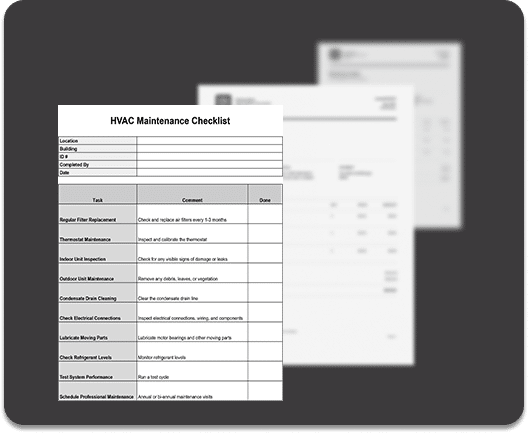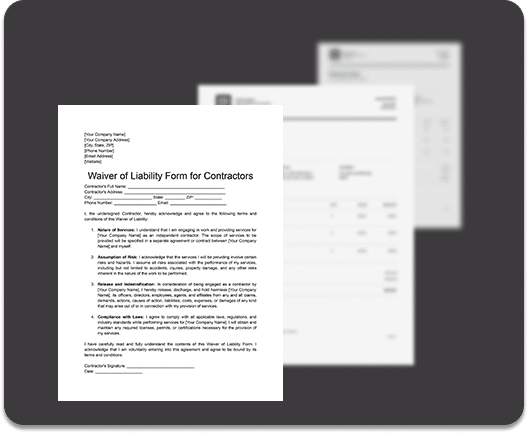The most successful B2C businesses focus relentlessly on the customer experience. Whether it’s Amazon, Postmates, Lyft, or the next industry mover, these companies make it easy for customers to access their service and consistently deliver on the promises they’ve made.
These companies drive expectations across the board, even in B2B scenarios. They understand customers have plenty of choices, so if you aren’t providing a great customer experience or a must-have product, they will simply go somewhere else. Their work to simplify the customer experience has affected customers’ expectations of ALL the companies they do business with.
So in this age of high expectations, how do you make every step of the customer journey a positive experience? For a company with mobile employees, the key is effective mobile workforce management. When you equip your mobile workforce with the tools they need to do their best work, customer satisfaction comes naturally.
How the Workforce is Changing
In order to meet and exceed customer expectations, you have to understand the state of customer service in general.
By 2020, there will be 105 million mobile workers in the U.S., representing nearly 75% of the U.S. workforce. With this in mind, companies are taking a serious look at their mobile work strategy, including processes and technology used to manage mobile employees. As the mobile workforce grows, these tools will be increasingly important to the customer journey.
Mobile technology is continually growing and expanding as part of the modern workforce. To keep up with the pace of change, companies have to think holistically about their technology strategy. Providing a consistently great customer experience requires investing time, attention, and money in the technology that supports it.
This investment looks different for every product and every industry. For some, it will be heavy investment in features and capabilities. For others, it will be about investing in self-service tools that let customers do things on their own schedule. For companies that have employees providing service in the field, it may be about investing in better ways to manage the mobile workforce.
But no matter the industry, these companies are driving toward the same goal: bring a service to customers, on the customers’ terms.
Managing Your Mobile Workforce (From Multiple Perspectives)
As the mobile workforce grows, mobile workforce management becomes incredibly important. Employees are the face of your brand out in the field, and how they interact with customers defines your brand reputation. Without strong workforce management tools and processes, you run the risk of missed appointments, unprepared employees, unnecessary repeat visits, siloed data, and other mistakes. (And don’t forget, customers are twice as likely to share a bad customer experience with people than a good one.)
So how do you solve this problem in a way that makes sense for your mobile employees, your back office administrators, and your customers? Look at how the different parts of your business interact with each other and with customers. Below, you’ll see a breakdown of the customer journey from three different perspectives: the customer, the back office/scheduler, and the mobile employee. Walk through the customer journey to see what each group needs at every stage.
Now that you’ve seen the thought process and expectations for each group, think about your current processes.
- Do your current tools make it easy for schedulers and other administrators to do their jobs?
- Do your current tools make it easy for mobile workers to perform service in the field?
- Are your customers satisfied with the communication and service they get from you?
- Is there a clear solution to an existing service bottleneck?
If not, ask yourself where the problem lies. If it’s a problem with your CRM or workforce management system, maybe it’s time to evaluate some other options. If it’s a problem with a different process, think about how that process fits with your long-term plan to bring value to customers.
Mastering the Customer Journey for Your Business
So what are the best lessons you can take from the customer journey (and the companies that are working to perfect it)? Your business needs to be:
- Responsive. In today’s 24/7/365 business environment, your business must be responsive to both short-term customer needs (i.e. troubleshooting, customer service, upgrades) and long-term customer needs (i.e. demand for new features or related products).
- Respectful of customers’ time. Your customers have plenty of options, so give them good reasons to consider you. Put the most valuable information front and center, give customers easy access to the service whenever they need it, and don’t mislead anyone just for the possibility of a purchase.
- Ready to deliver the service you have promised. This seems simple, but it can be incredibly complicated when you think about everything that goes into fulfilling your promise: being consistent and honest during the sales process, ensuring marketing materials match the capabilities of your service, and continuously upgrading technology to support your commitments.
No customer journey is transformed overnight, but focusing on the right things—streamlining the experience for your customers AND your employees—will bring success. For more guidance on mobile workforce management tools, download our ebook: 5 Secrets to Evaluating the Best Mobile Workforce Management Solution.


















